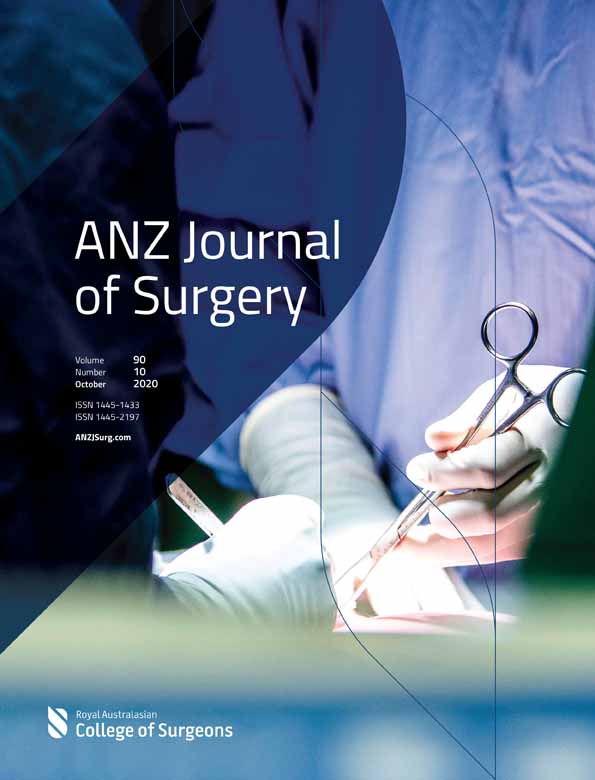Survivorship of highly constrained prostheses in primary and revision total knee arthroplasty: analysis of 6070 cases
Abstract
Background
Concerns exist about the survival and complication rates of highly constrained total knee arthroplasty (TKA) prostheses. The aims of this study were to determine if there were differences between the revision and complication rates of fully stabilized (FSTKA) and hinged (HTKA) TKA, when used in both primary and revision procedures.
Methods
Survivorship of all highly constrained TKA prostheses implanted over a 17 year period were analysed by the Australian Orthopaedic Association National Joint Replacement Registry. The primary outcome measure was time to first revision using Kaplan Meier estimates of survivorship.
Results
In the primary setting, the cumulative percent revision at 11 years was higher for HTKA than for FSTKA prostheses (P = 0.014). However, this finding was only significant for patient >75 years. In the revision setting, there were no differences in the revision rates for either category of prosthesis for any age group. For the indication of periarticular/periprosthetic fracture, HTKA resulted in a lower revision rate than FSTKA in both primary and revision cohorts. There were no differences in the rates of revision for infection and aseptic loosening for either prosthesis type in primary or revision settings. The revision risk for periprosthetic fracture was higher after HTKA prostheses.
Conclusion
Both FSTKA and HTKA prostheses provide similar outcomes in primary and revision procedures except for the setting of periarticular/periprosthetic fracture, where a HTKA should be used. In elderly patients, a FSTKA prosthesis is recommended as the risk of periprosthetic fracture is higher with a HTKA.
Conflicts of interest
None declared.




